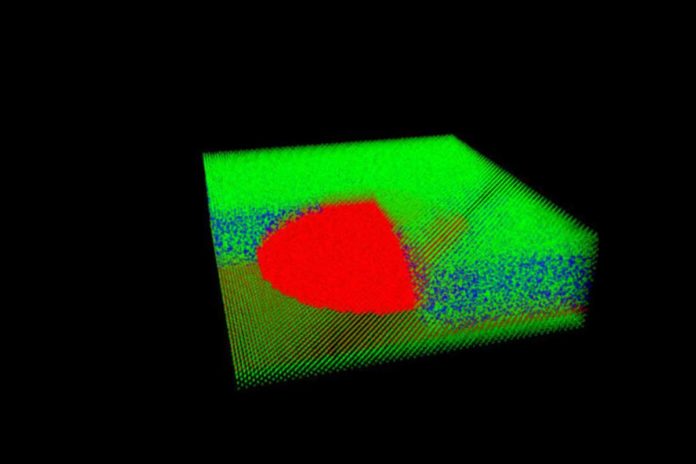Atoms emit light in the form discrete packets called photons. If measured, these separate packets lead to particularly profound changes in its brightness, as at least two photons are never radiated at the same time.
This property can help developing future quantum technologies, where low fluctuations are vital. Besides, it can produce interest in engineered systems that act like atoms when they emit light, but whose properties are more easily tailored.
Such artificial atoms are usually made from robust materials and are much more substantial objects, in which the presence of vibrations is unavoidable, and traditionally considered to be detrimental.
A group of scientists led by the University of Bristol has now proposed that these naturally occurring vibrations in artificial atoms can shockingly prompt a considerably noteworthy suppression of fluctuations in brightness than that present in conventional nuclear systems.
Scientists found that these low fluctuations could be used to build quantum sensors that are inherently more accurate than those possible without vibrations.
Dr. Dara McCutcheon, principal investigator of the research and Lecturer in Quantum Engineering from the University of Bristol’s School of Physics, said: “The implications of this research are quite far-reaching.”
“Usually one always thinks of the vibrations present in these relatively large artificial atoms as being detrimental to the light they emit, as typically the vibrations jostle the energy levels, with the resulting fluctuations imprinted onto the emitted photons.”
“What’s happening here though, is that at low temperatures the vibrational environment acts to cool the system – in a sense freezing the energy levels, and in turn suppressing fluctuations on the emitted photons.”
This work points towards a new vision for these artificial atoms, in which their solid-state nature is put to good use to produce light that couldn’t be made using natural atomic systems.
It also opens the door to a new set of applications which use artificial atoms for quantum-enhanced sensing, ranging from small scale magnetometry that could be used to measure signals in the brain, all the way up to full-scale gravitational wave detection revealing cosmic processes at the center of galaxies.
The findings are published today in the journal Nature Communications.
